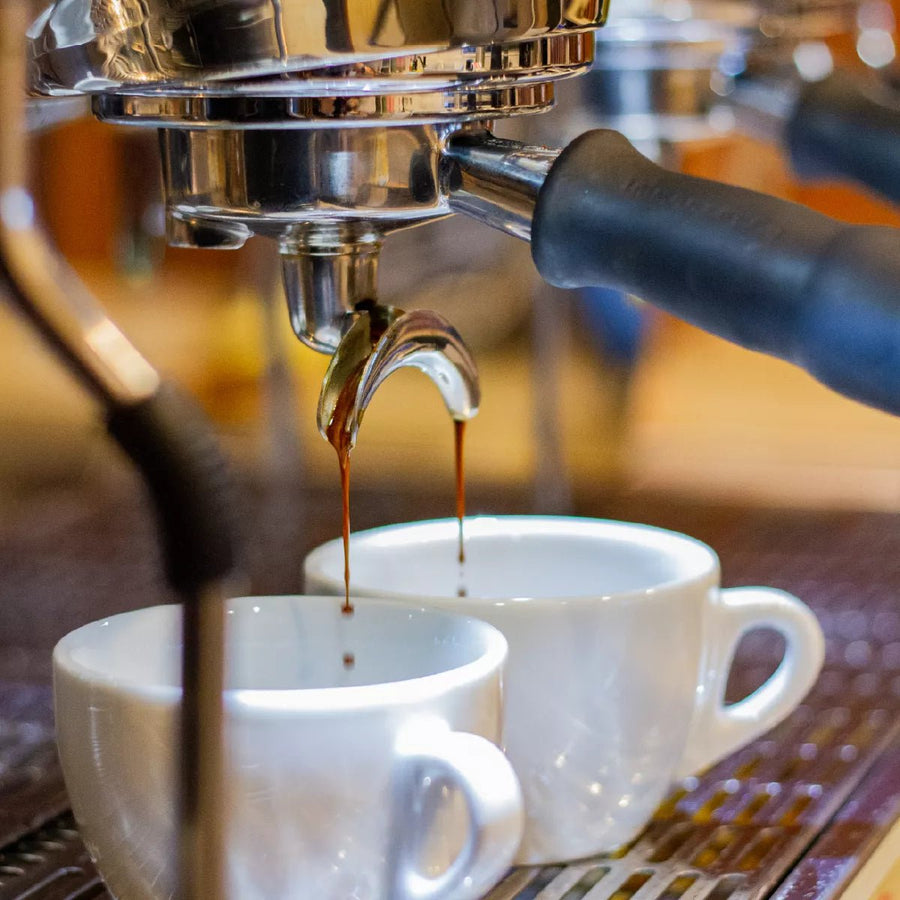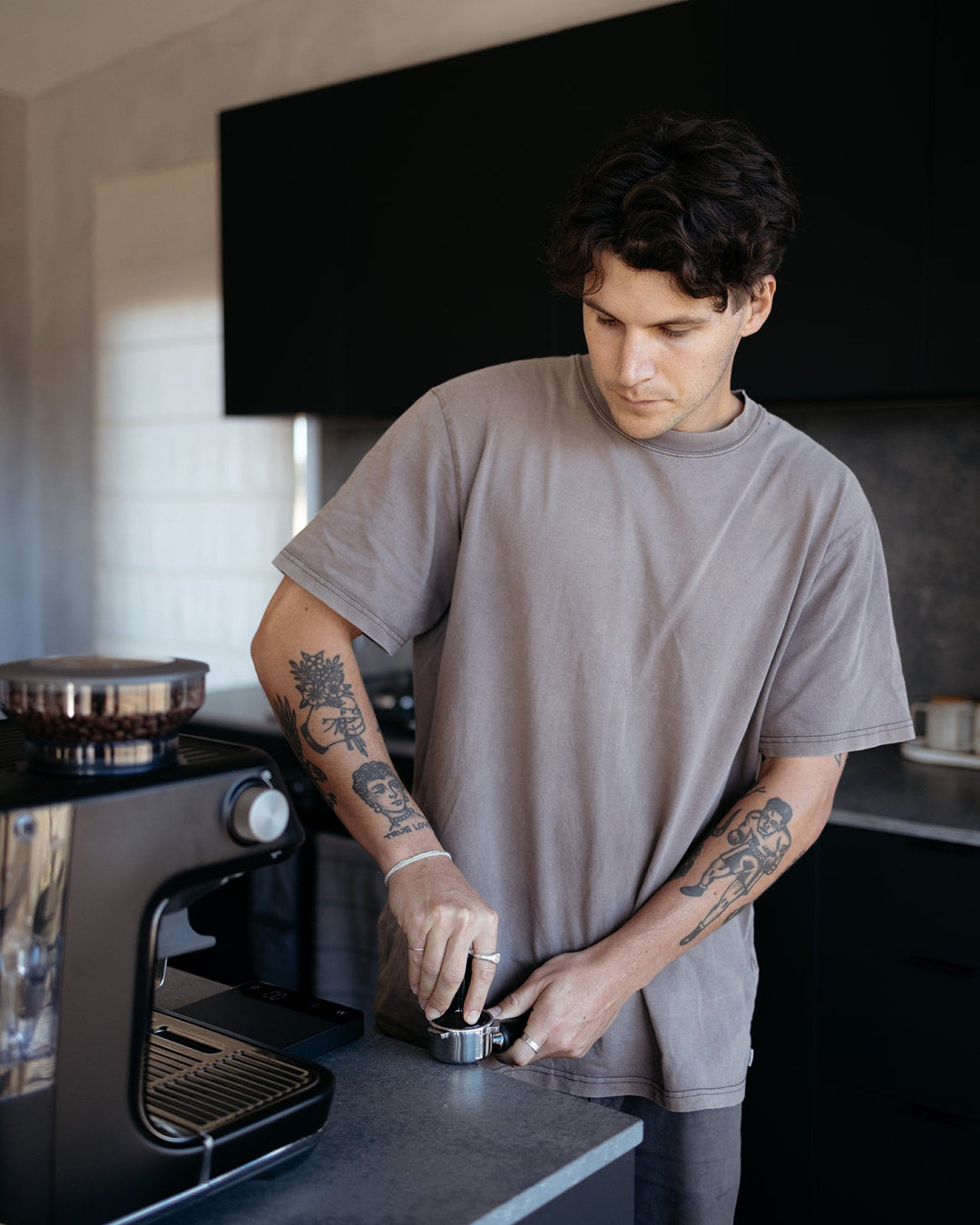Where to copyright SOE Single Origin Espresso Online
Where to copyright SOE Single Origin Espresso Online
Blog Article
Discovering the Rich Flavors of Coffee Beans: a Deep Dive Into Espresso and Blended Coffee Beans
When you discover the rich flavors of coffee beans, you discover an intricate globe where each variety brings its own character to your mug. Recognizing the origins, processing techniques, and roasting methods can transform your coffee experience. As you navigate with the art of espresso and the creativity behind mixed coffees, you'll begin to appreciate the subtleties that make each sip special. What you'll find next may alter the method you appreciate your morning mixture.
The Beginnings of Coffee Beans: Checking Out Terroir and Flavor Profiles
When you take a sip of coffee, you're not simply enjoying a beverage; you're experiencing a rich tapestry of flavors formed by the beans' origins. Each area produces one-of-a-kind flavor accounts influenced by elevation, climate, and dirt. As an example, beans from Ethiopia frequently burst with intense, fruity notes, while those from Colombia often tend to provide a balanced, nutty sweet taste.
As you discover different beginnings, you'll notice exactly how terroir-- the ecological factors impacting a plant-- plays an important function - Single Origin Espresso. The same coffee variety can taste significantly various relying on where it's grown
When you think about these factors, you begin to value the intricacy behind your cup. Each sip tells a tale of the land and the farmers that nurtured the beans. Following time you indulge, believe concerning the journey your coffee took prior to it reached your hands, and appreciate those elaborate tastes that mirror its origin.
Comprehending Espresso: The Art and Science Behind the Brew
When you think about espresso, it's not simply concerning the solid taste; it's additionally concerning the strategies that bring it to life. Recognizing just how various prep work techniques influence preference can change your developing experience. Let's explore the complexities of coffee prep work and discover the special flavor accounts that make each mug special.
Espresso Prep Work Methods
Espresso preparation is both an art and a science, incorporating exact techniques with a deep understanding of coffee. To begin, you'll wish to choose top notch, newly baked beans and grind them carefully for perfect removal (Single Origin Espresso). The work size is essential; also rugged, and your coffee will be weak, also fine, and it'll be bitter
The outcome ought to be an abundant, creamy coffee with a gorgeous layer of crema on top. With technique, you'll master these methods.
Taste Profiles Described
The world of coffee offers a rich tapestry of taste profiles that can raise your coffee experience. You'll observe a balance of resentment, level of acidity, and sweet taste when you take that first sip. Each espresso bean brings special notes, from flower and fruity to nutty and chocolaty. Light roasts typically display intense level of acidity and dynamic tastes, while dark roasts existing deeper, bolder tones.
Recognizing these accounts aids you pick the ideal coffee for your taste buds. Trying out different blends can expose unexpected combinations. A well-crafted blend might integrate the intense notes of an Ethiopian bean with the rich, chocolatey undertones of a Brazilian bean. Welcome the trip of uncovering espresso's diverse tastes, and you'll change your coffee ritual into an exciting journey.
Processing Methods: Just How They Influence Flavor and Fragrance
While it may seem that the beginning of coffee beans is one of the most considerable element in determining their taste and aroma, the handling techniques used post-harvest play a just as vital function. You'll find that these techniques can substantially change the final preference profile of your mug.
For example, the washed process removes the fruit from the beans prior to fermentation, frequently leading to a cleaner, brighter taste. The all-natural procedure leaves the fruit undamaged during drying out, resulting in a sweeter, fruitier profile.
Various other methods, like honey handling, strike an equilibrium, enabling some fruit mucilage to remain, providing an unique intricacy.
Each handling strategy engages with the beans' intrinsic features, enhancing or silencing certain flavors and aromas. When you sip that espresso or blended coffee, keep in mind that the journey from cherry to mug is influenced not simply by origin yet likewise by just how those beans were processed.
Roasting Strategies: Unlocking the Complete Potential of Coffee Beans
Roasting methods are necessary for disclosing the full potential of coffee beans, as they transform raw, green beans right into the fragrant, delicious coffee you delight in. The choice of roasting technique-- light, medium, or dark-- significantly affects flavor accounts. Light roasts maintain the beans' natural acidity and fruity notes, while tool roasts equilibrium sweetness and richness. Dark roasts, on the various other hand, highlight strong, great smoky tastes.
A slower roast at lower temperatures enables for intricate flavors to develop, while a quicker roast can heighten anger. By grasping these techniques, you'll disclose a world of flavor, boosting your coffee experience to brand-new heights.
The Magic of Blended Coffee: Creating One-of-a-kind Flavor Experiences
Developing an unique taste experience with combined coffee can change your morning ritual right into an expedition of preference. By incorporating different beans from different areas, you can reveal a symphony of flavors that boost your mug to new elevations. Each mix deals an unique profile, balancing body, acidity, and sweetness to create something absolutely unique.
When you pick a mix, you're not just choosing a coffee; you're choosing a trip across varied landscapes and societies. Explore various combinations permits you to discover your personal favorites, whether you appreciate fruity notes or abundant, chocolatey touches.

Tasting Notes: Acknowledging the Nuances in Your Cup
As you sip your coffee, you could discover a spectrum of flavors dancing on your palate, each exposing why not try these out the details of the beans. You might taste the brilliant acidity reminiscent of citrus or the deep, rich notes akin to dark delicious chocolate. The sweet taste could evoke honey or caramel, stabilizing the overall account beautifully.
Take notice of the body of the coffee-- does it really feel ventilated and light, or is it complete and velvety? The surface, too, supplies hints; a lingering aftertaste might mean nuttiness or flower undertones.

Do not neglect to discover the one-of-a-kind attributes of various beginnings, as each region gives distinctive flavors - Single Origin Espresso. Ethiopian coffees frequently present fruity notes, while Colombian beans might display an extra spherical sweet taste. By recognizing these subtleties, you'll deepen your admiration for each mug, boosting your coffee experience to brand-new heights

Brewing Approaches: Maximizing Taste Removal for each Bean
When you explore the different developing approaches, you'll uncover that each method can significantly influence the taste profile of your coffee. From French press to pour-over, each technique essences different substances, improving or muting specific notes. For example, utilizing a French press allows oils to continue to be in the mixture, creating a richer preference, while pour-over emphasizes quality and illumination.
Temperature level and grind dimension likewise play essential roles. A coarser work works best for chilly mixtures, while a great work is optimal for coffee. Explore water temperature-- between 195 ° F and 205 ° F-- can expose concealed tastes, also.
Don't fail to remember concerning steeping time; a quick extraction can lead to sour notes, while over-extraction may produce anger. By readjusting these variables, you can take full advantage of flavor extraction and absolutely raise your coffee experience. Delight in the trip of finding what technique ideal suits your taste!
Often Asked Concerns
What Is the Ideal Water Temperature for Developing Coffee?
The ideal water temperature for developing coffee's in between 195 ° F and 205 ° F. If you make use of water that's also hot, you'll over-extract tastes; also cold, and you will not extract enough. Go for that sweet spot for the very best brew!
How Does Grind Size Affect Coffee Flavor?
Grind size significantly impacts coffee taste. Better grinds remove a lot more tastes and oils, resulting in a bolder preference, while coarser grinds return a lighter flavor. Adjusting work size aids you accomplish your wanted coffee profile.
Exist Health And Wellness Conveniences Associated With Drinking Coffee?

What Is the Difference Between Arabica and Robusta Beans?
Arabica beans are smoother and sweeter, frequently including fruity flavors, while robusta beans are more powerful with a bitter taste and greater high levels of caffeine content. You'll see these distinctions in aroma and developing experience.
How Can I Shop Coffee Beans for Quality?
To store coffee beans for freshness, keep them in an airtight container, far from moisture, light, and warmth. If you just grind what you require right before brewing., you'll preserve their taste much longer.
Exploring the Rich Flavors of Coffee Beans: a Deep Dive Into Espresso and Blended Coffee Beans.
When you explore the abundant tastes of coffee beans, you discover an intricate world where each range brings its own personality to your mug.When you take a sip of coffee, you're not just enjoying a beverage; you're experiencing a rich tapestry of flavors formed by the beans' beginnings.Roasting methods site here are vital for exposing the complete potential of coffee beans, as they transform raw, environment-friendly beans into the aromatic, flavorful coffee you appreciate.As you drink your coffee, you may see a range of tastes dancing on your taste buds, each revealing the details of the beans.
Report this page